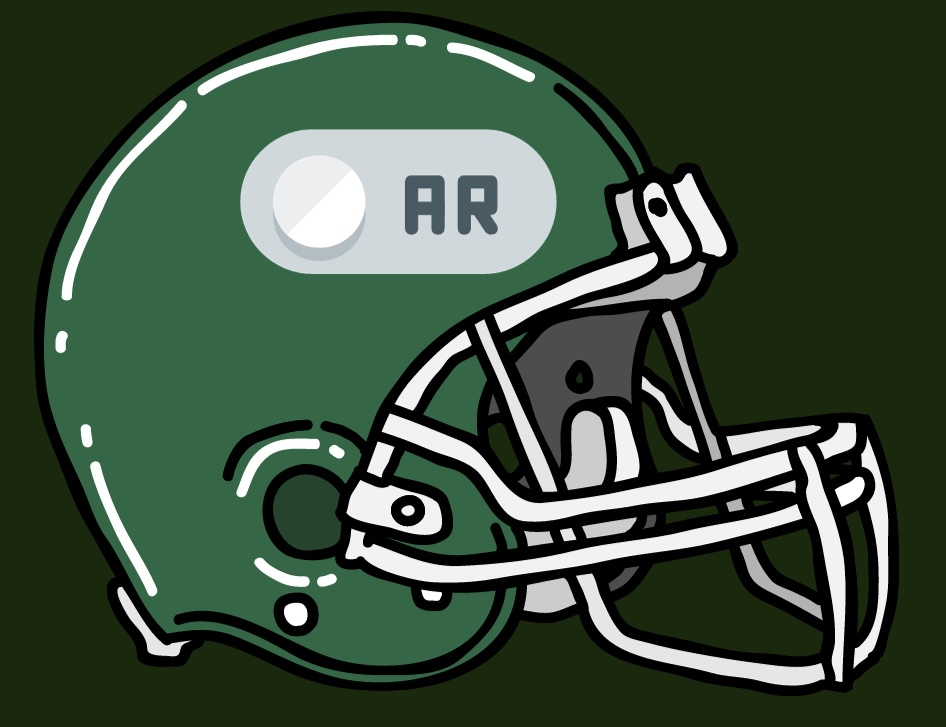AT&T has partnered with Gallaudet University to develop a football helmet for players who are deaf or hard of hearing and communicate using sign language.
Recently, they tested a potential solution that they are calling the 5G helmet.
Gallaudet is a school for deaf and hard of hearing students. Their football program actually invented the huddle so that they could call plays using sign language without the other team seeing.
The helmet will allow a coach to call a play on a tablet from the sideline that then shows up on a small display screen inside the quarterback’s helmet.
“I have great hearing, but even I used to have trouble hearing our quarterback call plays in some of the bigger games,” said Christian Davies, a junior management information systems, or MIS, major. “As for any unfair advantage the helmet may pose for other teams, I don’t think it’s any more unfair than playing people who can’t hear at all.”
Gallaudet competes in Division III and was cleared by the NCAA to use the helmet in its game on Saturday, Oct. 7, at home against Hilbert College.
Gallaudet has been trying to level the playing field for the deaf and hard of hearing community for more than a century.
129 years after Gallaudet quarterback Paul Hubbard initially invented the huddle as we know it, they have come out with yet another innovation to change the game.
Gallaudet is also responsible for creating the first Dictionary of American Sign Language in 1965.
Additionally, they have since pioneered the use of video phones on campus and the development of translation and ASL recognition applications. Their current work includes ways to improve the accuracy of closed captioning.
Not only will the helmet help deaf and hard of hearing players, but the technology involved could also help firefighters, construction workers and first responders in noisy situations.
The technology used in the helmet will also help deaf and hard of hearing people that are not football players by giving them improved access to jobs and everyday activities.
The way the helmet works is a button gets pushed on a tablet from the sideline. The play is then beamed over 5G to a small, almost transparent screen inside the QB’s helmet.
“I think this idea is genius, and it’s a shame it took until now for it to be invented,” said Michael LaRusso, a junior business major. “The technology involved is groundbreaking, and it’s great that these players will finally be on a level playing field with their opponents.”
Chuck Goldstein, who has been the head coach at Gallaudet since 2010, cautioned that this is still only a prototype, as it was used through a one-game waiver granted by the NCAA.
“I was only ever a kicker in football, but I still know how hard it can be to hear during a loud game,” said Christian Castillo, a senior mass communication major. “I think this helmet will be great for the game, as everyone should get their fair chance to play football.”
While it is still a prototype, it will be exciting to see if it will be permanently implemented in the future, along with more possibly groundbreaking innovations for the game.


